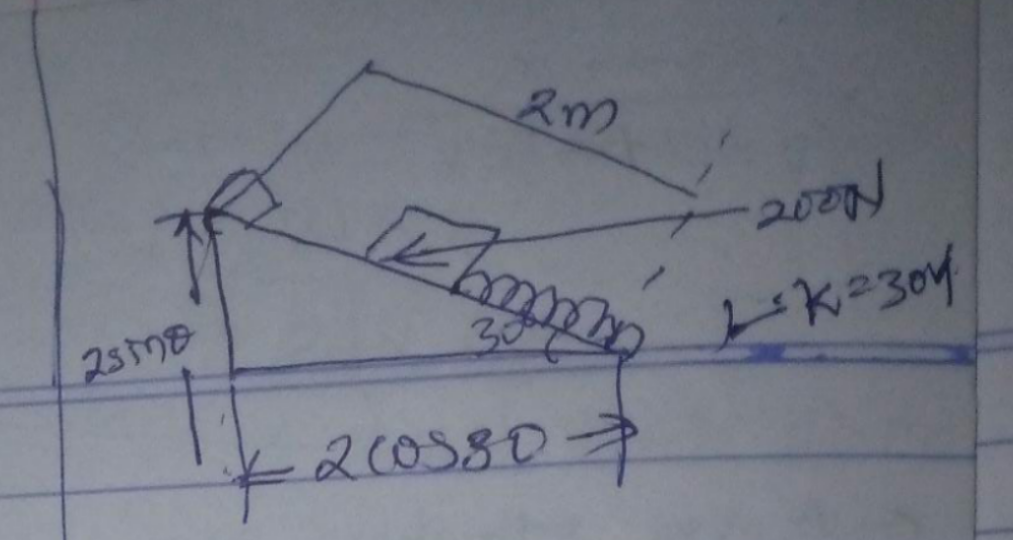
OthersQuestion and Answers: Page 46
Question Number 135906 Answers: 1 Comments: 0
Question Number 135884 Answers: 1 Comments: 0
Question Number 135808 Answers: 0 Comments: 0

Question Number 135798 Answers: 0 Comments: 3

Question Number 135757 Answers: 1 Comments: 4
Question Number 135653 Answers: 1 Comments: 9

Question Number 135638 Answers: 0 Comments: 0
Question Number 135432 Answers: 0 Comments: 0

Question Number 135431 Answers: 2 Comments: 0

Question Number 135366 Answers: 1 Comments: 0
Question Number 135335 Answers: 0 Comments: 0

Question Number 135284 Answers: 0 Comments: 3
$$\mathrm{2}^{{x}} +\mathrm{4}^{{x}} =\mathrm{9}^{{x}} .\:{Solve}\:{for}\:{x} \\ $$
Question Number 135246 Answers: 0 Comments: 3

Question Number 135187 Answers: 0 Comments: 0

Question Number 135169 Answers: 0 Comments: 0
Question Number 135165 Answers: 0 Comments: 1
Question Number 134984 Answers: 2 Comments: 0
Question Number 134957 Answers: 0 Comments: 8

Question Number 134941 Answers: 0 Comments: 1

Question Number 134940 Answers: 0 Comments: 0
Question Number 134915 Answers: 1 Comments: 0

Question Number 134704 Answers: 1 Comments: 0

Question Number 134657 Answers: 0 Comments: 0
Question Number 134530 Answers: 1 Comments: 0
Question Number 134453 Answers: 0 Comments: 0

Question Number 134439 Answers: 1 Comments: 0
